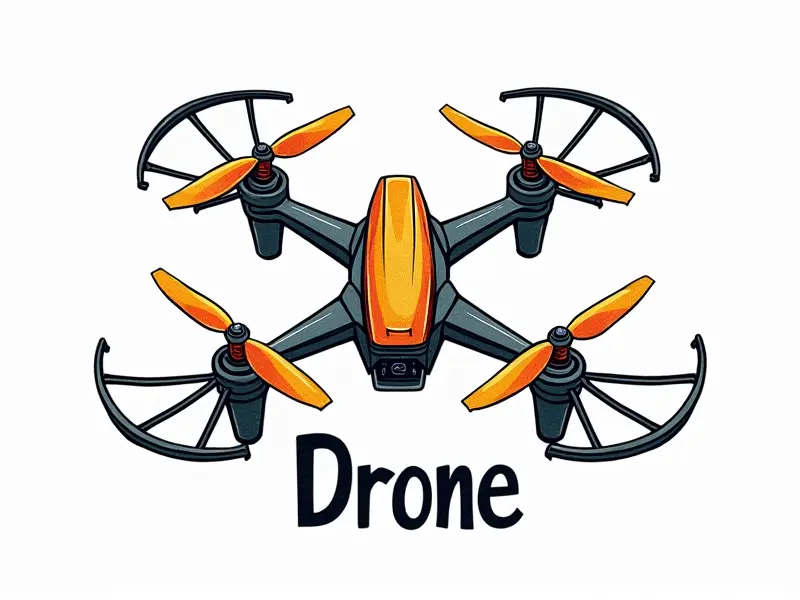What does 'Gimbal' mean in drones?

Why Are Gimbals Important for Drones?
Gimbals are essential components of drones, particularly those used for aerial photography and videography. They ensure that the camera remains stable and level despite the movement of the drone itself. This stability is crucial for capturing high-quality footage without excessive shaking or blurring.
Benefits of Using Gimbals on Drones
- Stabilization: Gimbals provide three-axis stabilization, which means they can adjust the camera in all directions to counteract the drone's movements.
- Smooth Video: The stability offered by gimbals ensures that video footage is smooth and professional-looking, even when the drone is flying at high speeds or performing complex maneuvers.
- Better Photography: For still photography, a stable camera means sharper images with more detail and clarity.
Types of Gimbals for RC Quadcopters
Different types of gimbals are available for various drone models. The most common ones include:
- Two-Axis Gimbals: These offer stabilization on two axes (pitch and roll) and are typically less expensive than three-axis models.
- Three-Axis Gimbals: Providing full three-axis stabilization, these gimbals ensure the camera remains perfectly level no matter how the drone moves. They are more versatile but also more costly.
Choosing the Right Gimbal for Your Drone
Selecting a gimbal depends on several factors such as your budget, intended use case (photography or videography), and the size of your camera equipment. It's important to choose a gimbal that fits your drone's payload capacity and offers the necessary stability.
How Do Drone Gimbals Work?
Gimbals work by using motors and sensors to counteract the movement of the drone. The sensors detect changes in orientation, while the motors adjust the camera accordingly to maintain a stable position relative to gravity.
Basics of Drone Gimbal Technology
- Sensors: Gyroscopes and accelerometers are used to measure the drone's movement.
- Motors: These motors adjust the camera based on sensor data, ensuring it stays level.
Top Tips for Maintaining Drone Gimbals
- Clean Regularly: Dust and debris can affect performance, so regular cleaning is essential.
- Check Mounts: Ensure all mounting points are secure to prevent any wobbling or instability.
- Calibrate Sensors: Proper calibration ensures accurate stabilization and optimal performance.
Why Do Drones Use Gimbals?
Drones use gimbals primarily because they enhance the quality of captured footage by minimizing camera shake. This is especially important for aerial photography and videography, where stability can make or break a shot.
How Gimbals Improve Drone Camera Stability
Gimbals improve drone camera stability through their ability to maintain a constant orientation regardless of the drone's movement. By countering vibrations and sudden movements, gimbals ensure that every frame is crisp and clear.
Importance of Gimbals for Aerial Photography
In aerial photography, gimbals are crucial as they allow photographers to capture detailed images from high altitudes without the risk of blurring or distortion. This makes them indispensable for professional-grade imagery in industries like real estate and filmmaking.
Exploring the Functionality of Drone Gimbals
The functionality of drone gimbals goes beyond just stabilizing cameras. They also enable precise control over camera movements, allowing operators to pan, tilt, and zoom with ease while maintaining stability.
Conclusion
In conclusion, gimbals are a vital component for drones used in aerial photography and videography. Their ability to stabilize the camera ensures that footage is smooth and professional-grade, making them an essential investment for drone enthusiasts and professionals alike. Understanding how gimbals work and maintaining them properly can significantly enhance your drone's performance.

